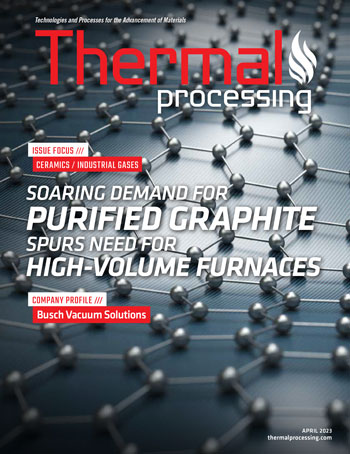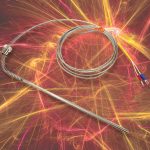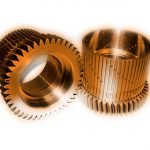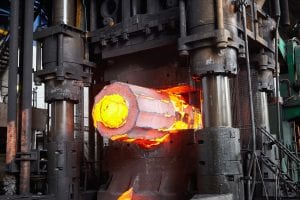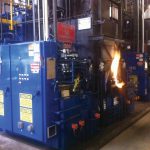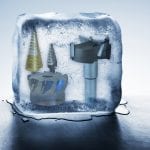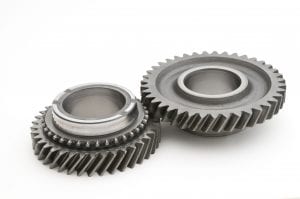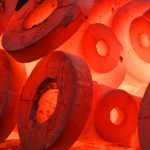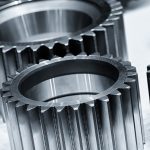The global demand for graphite is surging and expected to continue for decades, driven by the broad use of graphite for a range of products such as batteries for EV cars and energy storage systems, LEDs, solar equipment, high-performance semiconductors, and critical components in high-temperature furnaces.
In an ironic twist, the furnaces that produce high-purity graphite also require components manufactured from graphite and related materials such as fiber-reinforced carbon. Graphite’s unique atomic structure gives it the ability to withstand extreme furnace temperatures in a corrosive environment, making it an ideal choice as a critical material in hot zones used in industrial furnaces.
“Graphite found in nature is crystalline in form; when extracted from a mine, it usually has about 90 percent carbon content,” said Thomas Palamides, senior product and sales manager — Industrial Furnaces at PVA TePla America, a global supplier of custom industrial furnace equipment to the graphite industry. “Specialized high-temperature furnaces create synthetic graphite with approximately 99.5 percent carbon content. If the application requires higher purity, specialized equipment can reduce the impurities to the parts per million range.”
For graphite suppliers, the growing demand for synthetic graphite with high-carbon content and federal government initiatives to restore U.S. domestic semiconductor production is driving a need for increased capacity electrical furnace systems that produce a greater payload in less time. Because the material purification process involves extreme temperatures and noxious gases, these industrial tools require highly specialized process controls and safety features.
Rising silicon carbide demand
In various industries, there are many uses for silicon carbide, in the production of which graphite is an essential component.
The superior surface hardness of silicon carbide facilitates its use in engineering applications where a high degree of sliding, erosive and corrosive wear resistance is necessary for components. The most straightforward process to manufacture silicon carbide is to combine silica sand and carbon in a graphite electric resistance furnace at a temperature between 1,600°C and 2,500°C.
However, silicon carbide’s use as a semiconductor material is one of the areas for the highest growth potential. The demand for graphite is growing substantially as silicon carbide replaces silicon as the semiconductor material of choice in many future-generation electronic products. Compared to traditional silicon wafers, silicon carbide is superior for higher voltage operation and provides significantly broader temperature ranges and increased switching frequencies.
Federal legislation to spur domestic semiconductor manufacturing and strengthen the supply chain will also increase demand for silicon carbide and graphite. The CHIPS and Science Act appropriated $52.7 billion to fund semiconductor incentive programs authorized by the CHIPS for America Act of 2021.
In the semiconductor industry, one of the main drivers of graphite use is growing silicon carbide mono-crystals refined in various downstream processes. The crystal growth starts with a consumable silicon carbide powder as the source material. The powder evaporates when exposed to temperatures more than 2,000°C inside a crystal growth machine reactor. In the process, silicon and carbon molecules formed in the gas phase slowly crystallize on a very high-quality disc composed of silicon carbide.
Graphite is used in many other forms to allow equipment to withstand high temperatures, such as furnace linings, heat exchangers, foundry accessories, and electrodes. As such, the process occurs in a graphite crucible surrounded by graphite thermal insulation.
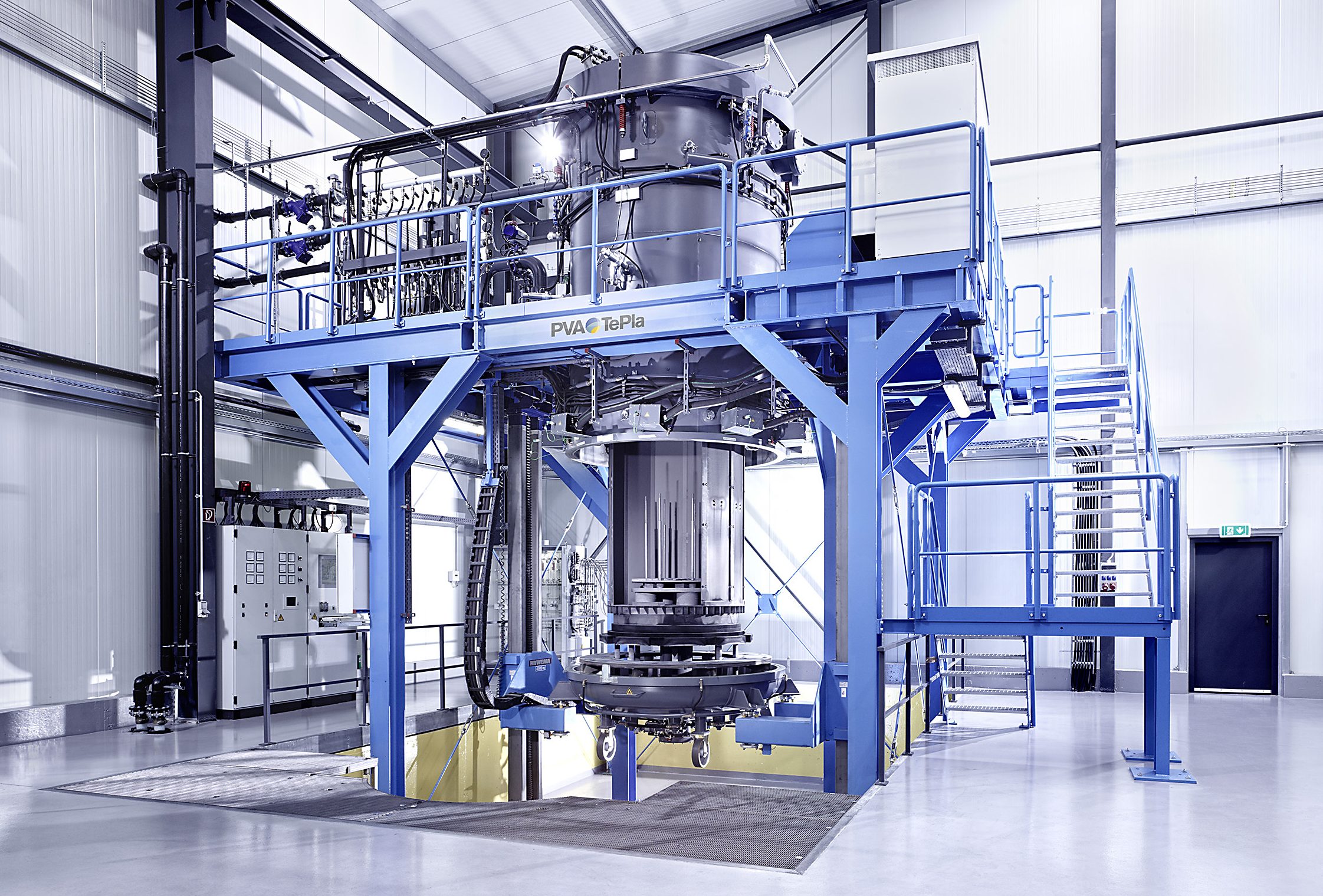
Furnaces customized to the application
In the industry, graphite suppliers often operate furnaces that are decades old and may be ready to extend capacity by replacing equipment or building new installations. Even among next-generation furnace options, there can be substantial differences in how the manufacturer addresses the issues of safety, reliability, configuration, and control in equipment design.
Of course, ensuring the safe, secure operation of industrial furnaces is a priority. Any fire risk resulting from the very high operating temperatures and the large masses or charge inside the furnace must be avoided by intelligent design solutions. Therefore, both hardware and software components of the system are properly engineered and equipped with redundant safety features, among other factors.
“Generally, about four metric tons of graphite material are loaded into a furnace reactor heated to 2,400°C, which is a huge amount of energy, so safety is essential,” said Dr. Thomas Metzger, a PVA TePla senior product manager in Germany. “Abnormal conditions in the process or media must be considered in the system design to ensure the safety of the equipment operators. Whether there’s a failure of cooling water, processed gas, compressed air, or electrical power, the system must be capable of returning to a safe state to protect the operators, equipment, payload, and environment.”
Additionally, most furnaces are custom designed around the graphite suppliers’ specific requirements, such as available space, loading method, and payload.
“When one customer created a new (furnace) workshop for a facility, he designed it with a pit for a bottom loading system, which facilitates loading the charge without lifting from a trolley on the ground floor,” Metzger said. “With bottom load furnaces, the whole bottom of the vacuum chamber drops down to place the charge in, and then it is raised on an electrically powered system into the furnace.”
Metzger noted other customers prefer top-loading systems, which can be loaded using an overhead crane.
“The top would slide to the side 180 degrees to open,” he said. “A boom crane or overhead crane would be used to load the charge into the furnace from the top.”
Selecting the process gases used is an important consideration, and each manufacturer uses slightly different chemistry, or time, for their process.
“We typically utilize process gases like fluorine or chlorine,” Metzger said. “Although these are highly corrosive and dangerous at high concentrations, we have to be flexible to the specific requirements of the process.”
High-temperature purification
The inner configuration of the industrial furnace is unique to high-temperature purification.
“We keep all the process gas inside the containment reactor, and outside we have an inert gas like argon or nitrogen,” Metzger said. “This configuration ensures high product purity and avoids contamination of the heating elements, insulation, and other vessel components. The reactive volume is kept completely separated from the heating elements.”
Generally, furnaces with diameters up to two meters can accommodate graphite-machined parts of different geometries, producing payloads of four metric tons or more.
“Typically, machined parts are placed in the furnaces for purification and then packed, sealed, and shipped after the items are processed,” Metzger said.
Customizing the system allows the accommodation of certain process conditions and installation requirements.
“Some customers like to have an additional dedicated pump for handling corrosive process gases,” Metzger said. “Others prefer to use the same pump first to evacuate the system, before heating, and later for process pressure regulation.”
He added that design flexibility can extend to auxiliary equipment and the control system to best address environmental concerns.
“Graphite suppliers generally choose to include a scrubber system to clean exhaust gases,” Metzger said. “Corrosive gases used during processing are, for the most part, consumed in the process, but the process exhaust gases must meet the legal requirements for emission protection.”
He added that a technician can operate the furnace with a PC or use remote connections for monitoring. An overview screen displays the real-time status of all the pumps, valves, and critical components with alert indicators for problems and required maintenance.
“Today’s furnace systems are essentially turnkey with sufficient integration,” Metzger said.
To meet the rising global demand for refined high-purified graphite safely and reliably, proactive graphite suppliers that consult with experienced furnace suppliers to customize their systems to current and future market demand will have a lasting edge over the competition.













